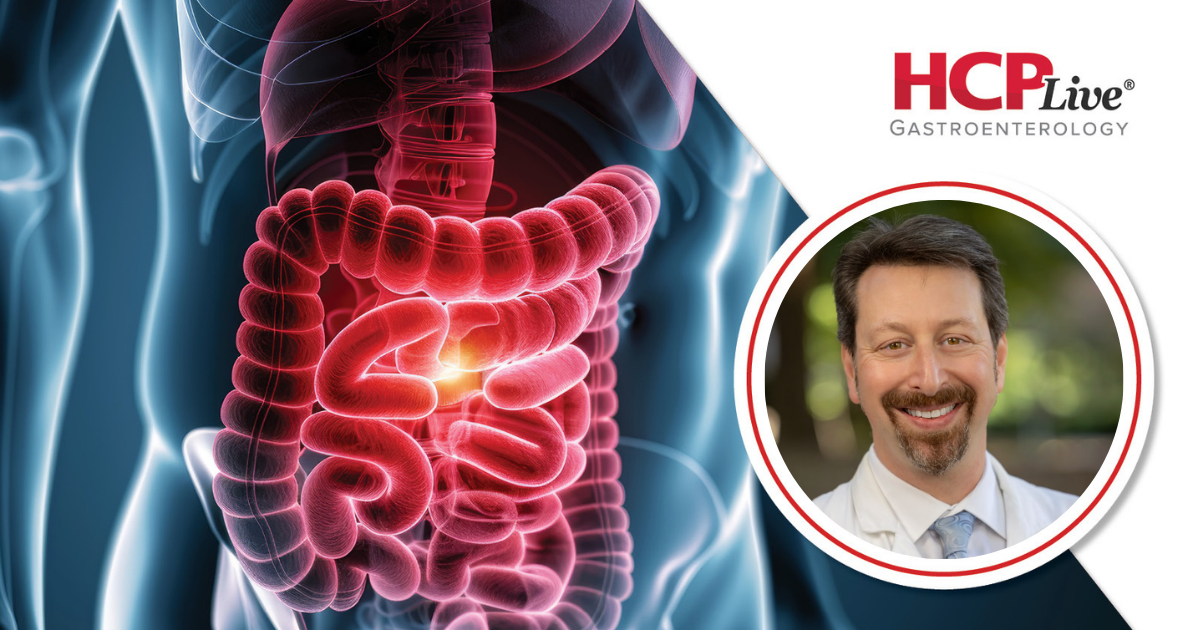New findings presented at the American College of Gastroenterology (ACG) 2025 Annual Scientific Meeting have strengthened the role of dupilumab (Dupixent) in managing eosinophilic esophagitis (EoE). The data highlight significant reductions in both dysphagia and odynophagia, as well as improvements in endoscopic features associated with the disease.
The findings arose from a post-hoc analysis of the LIBERTY EoE TREET trial, alongside a pooled analysis of the LIBERTY EoE TREET and EoE KIDS studies. Dr. Evan Dellon, a professor of medicine and adjunct professor of epidemiology at the University of North Carolina School of Medicine, presented the results, emphasizing their relevance in clinical practice.
Participants aged 12 and older in the LIBERTY EoE TREET trial received either dupilumab or placebo for 24 weeks, followed by a continuation phase for up to 52 weeks. Researchers monitored the number of days without dysphagia and odynophagia across a 14-day period, assessing changes at baseline and biweekly until week 52.
At the outset, all participants reported experiencing dysphagia, with 95% of those on dupilumab and 88% on placebo also indicating odynophagia. By week 24, patients administered dupilumab experienced a mean of 8.7 days without dysphagia compared to 5.5 days for those on placebo (P <.0001). Similarly, dupilumab-treated patients reported a mean of 10.1 days without odynophagia, significantly higher than the 6.8 days in the placebo group (P <.0001). Dr. Dellon noted the importance of these findings for patient communication, stating, “Over the 24 weeks, compared to placebo, the number of dysphagia-free days significantly increased with the dupilumab treatment, and that's a concept that I think is easy to convey to patients.” By week 52, patients who transitioned from placebo to dupilumab reported a mean of 8.6 days without dysphagia and 8.9 days without odynophagia. Those who continued on dupilumab maintained even higher averages: 9.4 days without dysphagia and 10.6 days without odynophagia.
The analyses also included patients from the EoE KIDS study, who received weight-tiered higher doses of dupilumab or placebo for 16 weeks. An endoscopic evaluation, utilizing the Endoscopic Reference Score (EREFS), assessed the severity of esophageal features such as edema, rings, exudates, furrows, and strictures. This scoring was based on the most severe findings from either the proximal or distal esophagus, aligning with clinical guidelines that recommend calculating EREFS during endoscopies for suspected or known EoE.
In the total pooled cohort, 159 patients received dupilumab, while 152 were on placebo. Baseline characteristics were generally similar across both groups. Results at weeks 16 and 24 revealed a substantial reduction in the EREFS total score among patients treated with dupilumab, averaging 1.5 compared to 3.9 for the placebo group (P <.0001). Additionally, scores for each individual feature also showed notable improvements. The proportion of patients achieving a score of zero for each feature increased significantly with dupilumab treatment, marking a clear advancement in clinical outcomes for individuals with EoE. In conclusion, the latest research reinforces dupilumab's effectiveness in not only alleviating symptoms of eosinophilic esophagitis but also improving endoscopic findings. Dr. Dellon’s insights and the robust data presented at the ACG meeting provide compelling evidence for healthcare professionals considering treatment options for EoE patients. Editors' note: Dr. Dellon has disclosed relationships with numerous pharmaceutical companies, including AbbVie, Amgen, AstraZeneca, and others.
